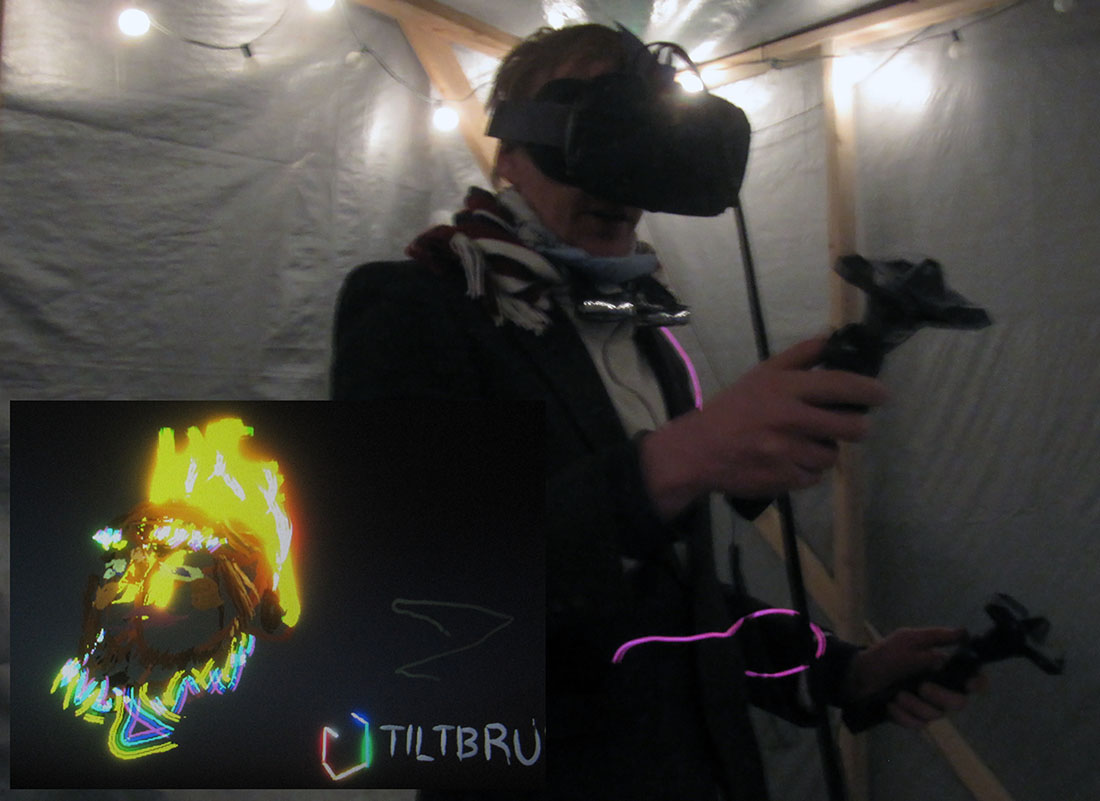An article by researchers from The University of Louisiana at Lafayette reviews RUIS among with two other virtual reality toolkits for Unity. RUIS did very well in the review, and the original version of the article that I read in August stated that
with RUIS being free and highly versatile, it is the clear winner for low budget applications.
The author changed the wording in the final article version to “promising for low budget applications“, because their adviser suggested using a wording that sounds less biased. Oh well 🙂
In the article RUIS reached almost the same score as MiddleVR (a professional $3000 toolkit) which came on top when price was not considered, as seen from the below table adapted from the article:
| getReal3D | MiddleVR | RUIS | |
|---|---|---|---|
| Performance & reliability | 2 | 5 | 4 |
| CAVE display flexibility | 2 | 4 | 3 |
| Interaction flexibility | 2 | 4 | 5 |
| Ease of use | 4 | 3 | 3 |
| VR applications | 2 | 5 | 4 |
| total | 12 | 21 | 19 |
In the above table each category was given 1-5 points.
In terms of “Documentation and support” getReal3D scored 10, MiddleVR 20, and RUIS 14. Improving RUIS documentation and providing tutorials is in our todo list.
The article is slightly mistaken in that it says that top and bottom CAVE displays are not supported by RUIS, but this is not the case. The display wall center position, normal, and up vectors just need to be configured in RUISDisplay component. Please note that RUIS is mostly intended for CAVEs with a small number of displays because each view is rendered sequentially. For faster CAVE rendering in Unity you should probably try MiddleVR or getReal3D, which offer clustered rendering.
The article was published in International Journal for Innovation Education and Research (IJIR).
P.S. I participated in Burning Man 2015, where I demoed our Vertigo application at VR Camp. They had a dozen of computers with Oculus Rift DK2 and a HTC Vive. Here is a photo of me trying out Tilt Brush on HTC Vive.

